Phones

Smartphones are the most personal devices we own, keeping us connected at all times and acting as the heart of our tech lives. We may not spend much time actually speaking on them these days, but we use a phone for virtually everything else.
Smartphones today typically fall into one of two categories: iPhone or Android. iPhones are the most popular smartphones overall and offer entry into the much coveted Apple exosystem, where they can be paired with Apple Watches, iPads, and MacBooks for greater inter-device connectivity.
Android phones, meanwhile, are more numerous combined and often offer higher specs than iPhones on measures such as charging speed and camera quality, while offering integration with a wider variety of devices including Chromebooks and Windows laptops. They also tend to be cheaper.
Our industry-leading phones coverage serves up news, reviews, features and tutorials covering all kinds of devices, from the best smartphones overall to more budget offerings and all points in-between.
Explore Phones
-
Acer Phones
-
Android
-
Asus Phones
-
BlackBerry Phones
-
Google Pixel Phones
-
HTC Phones
-
Honor Phones
-
Huawei Phones
-
LG Phones
-
Microsoft Lumia
-
Motorola Phones
-
Network Providers
-
News about Phones
-
Nokia Phones
-
Nothing Phones
-
OnePlus Phones
-
Oppo Phones
-
Phone Accessories
-
Phone Buying Guides
-
Phone Deals
-
Phone How Tos
-
Phone Reviews
-
Realme Phones
-
Samsung Galaxy Phones
-
Sony Xperia Phones
-
Windows Phone
-
Xiaomi Phones
-
ZTE Phones
-
iOS
-
iPhone
Latest about Phones
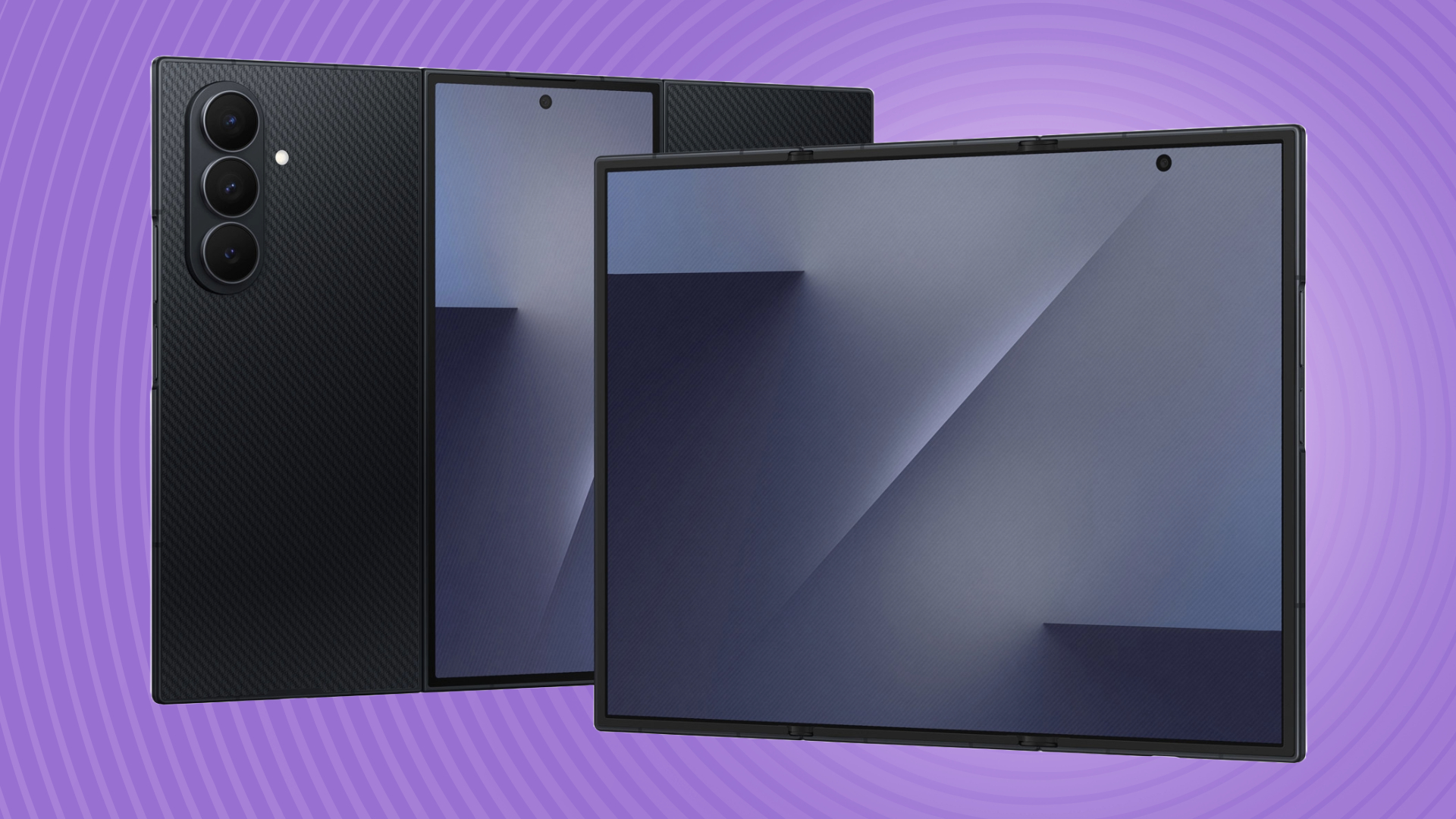
The Samsung Galaxy Z Trifold's folding mechanism looks odd, but it's the right call on a crucial design decision
By Jamie Richards published
The Samsung Galaxy Z Trifold is finally official, and while Samsung’s first multi-fold device might look a bit peculiar, I think it’s taken the right approach with an important design feature
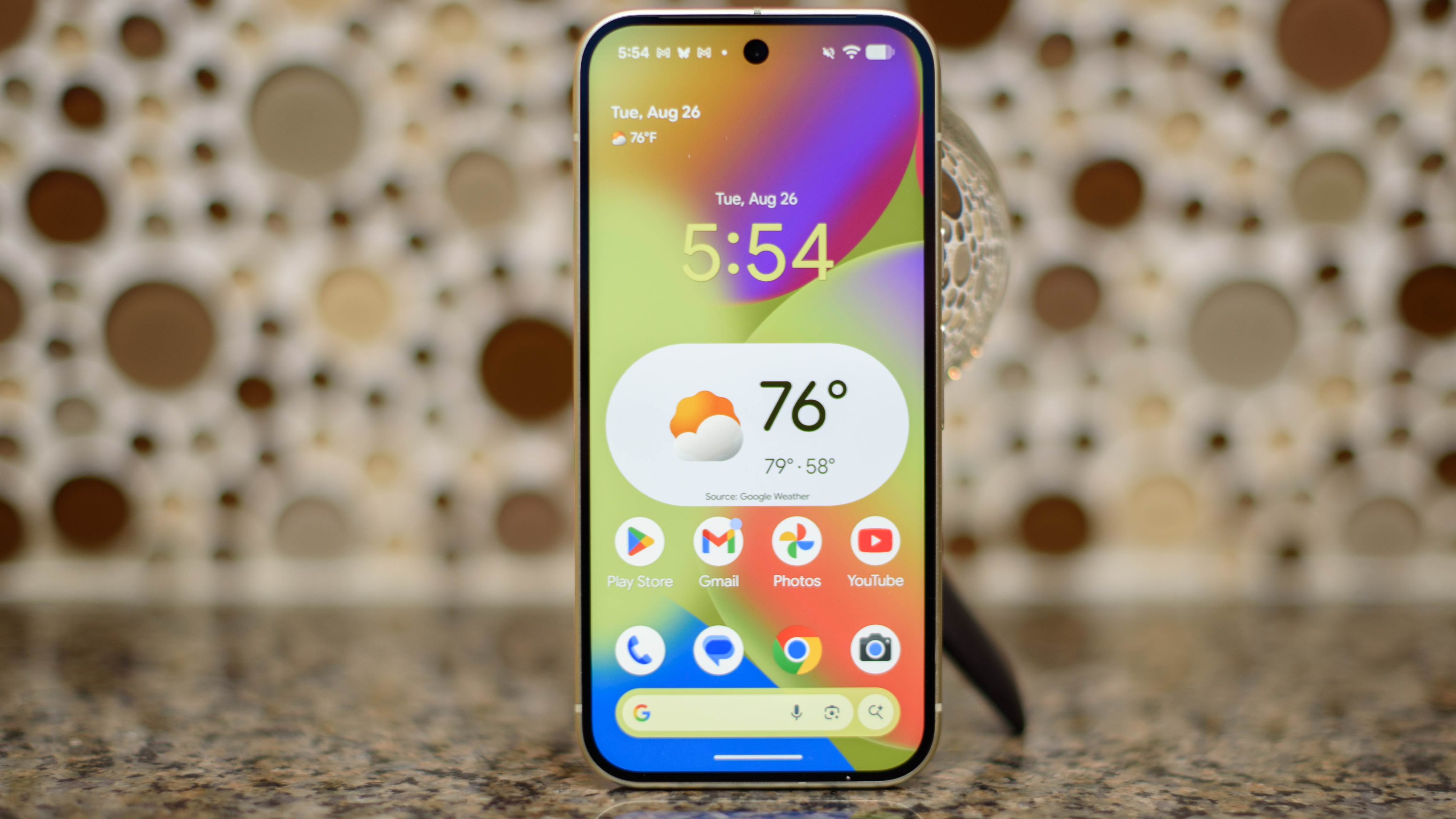
The next Android 16 update has landed – here are the 7 biggest features
By James Rogerson published
A new version of Android 16 has landed with all sorts of new features and improvements.
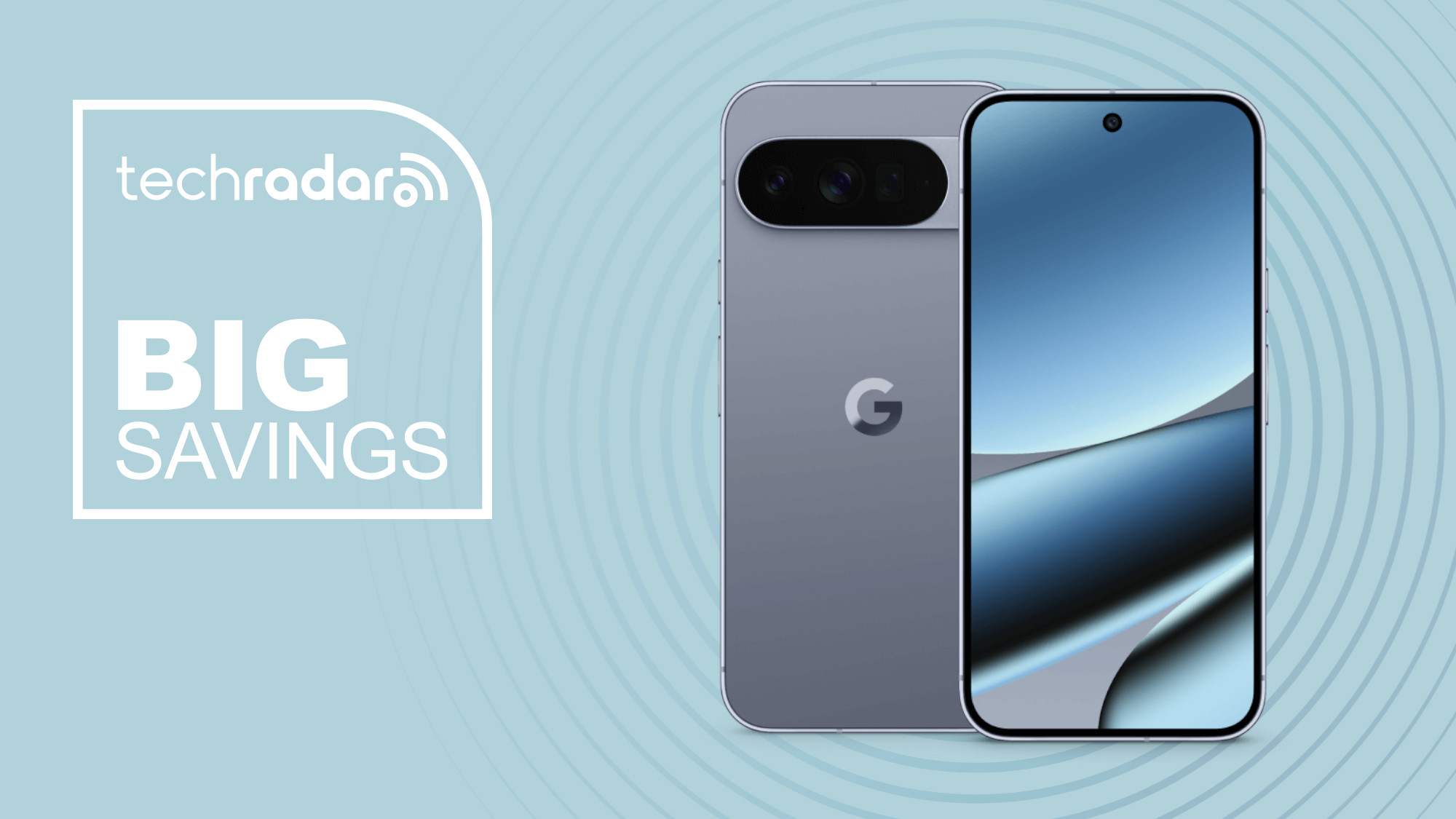
The most ridiculous Pixel 10 Pro XL deal is still live at Mint Mobile - get it for just $499 upfront
By Alex Whitelock published
Mint Mobile's huge deal on the Google Pixel 10 Pro XL gets you this top-of-the-line device for just $499 without the annoying trade-in.
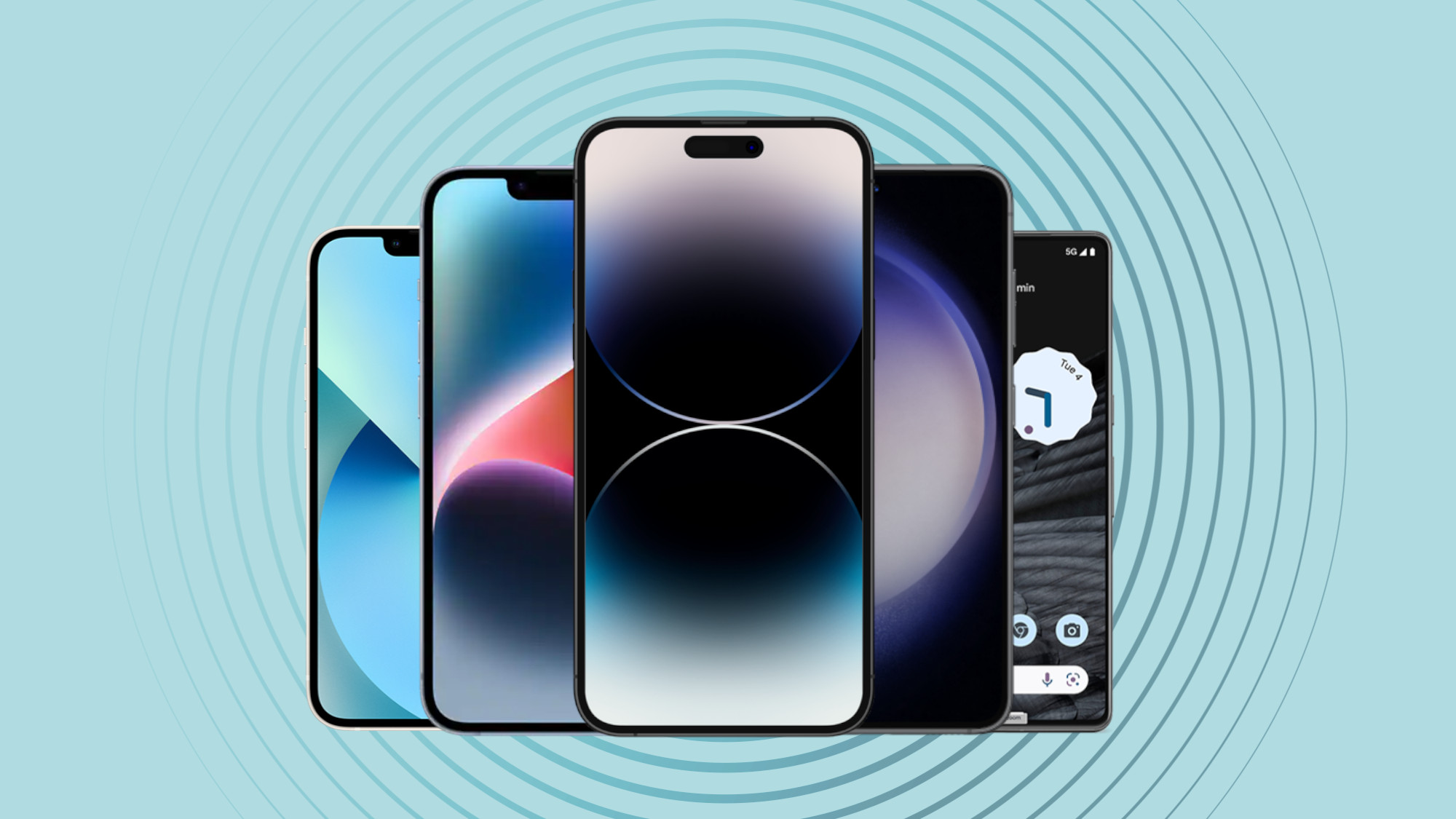
The best cell phone deals for December 2025
By Alex Whitelock last updated
Updated Don't pay more than you need to! Our roundup of the best cell phone deals will score you a shiny new device from Apple, Google, or Samsung in no time.

Best iPhone deals for December 2025: how to get a free iPhone 17 Pro Max, and much more
By Alex Whitelock last updated
Updated We've just updated our iPhone deals page with the latest iPhone 17 series, plus excellent promotions on older devices.
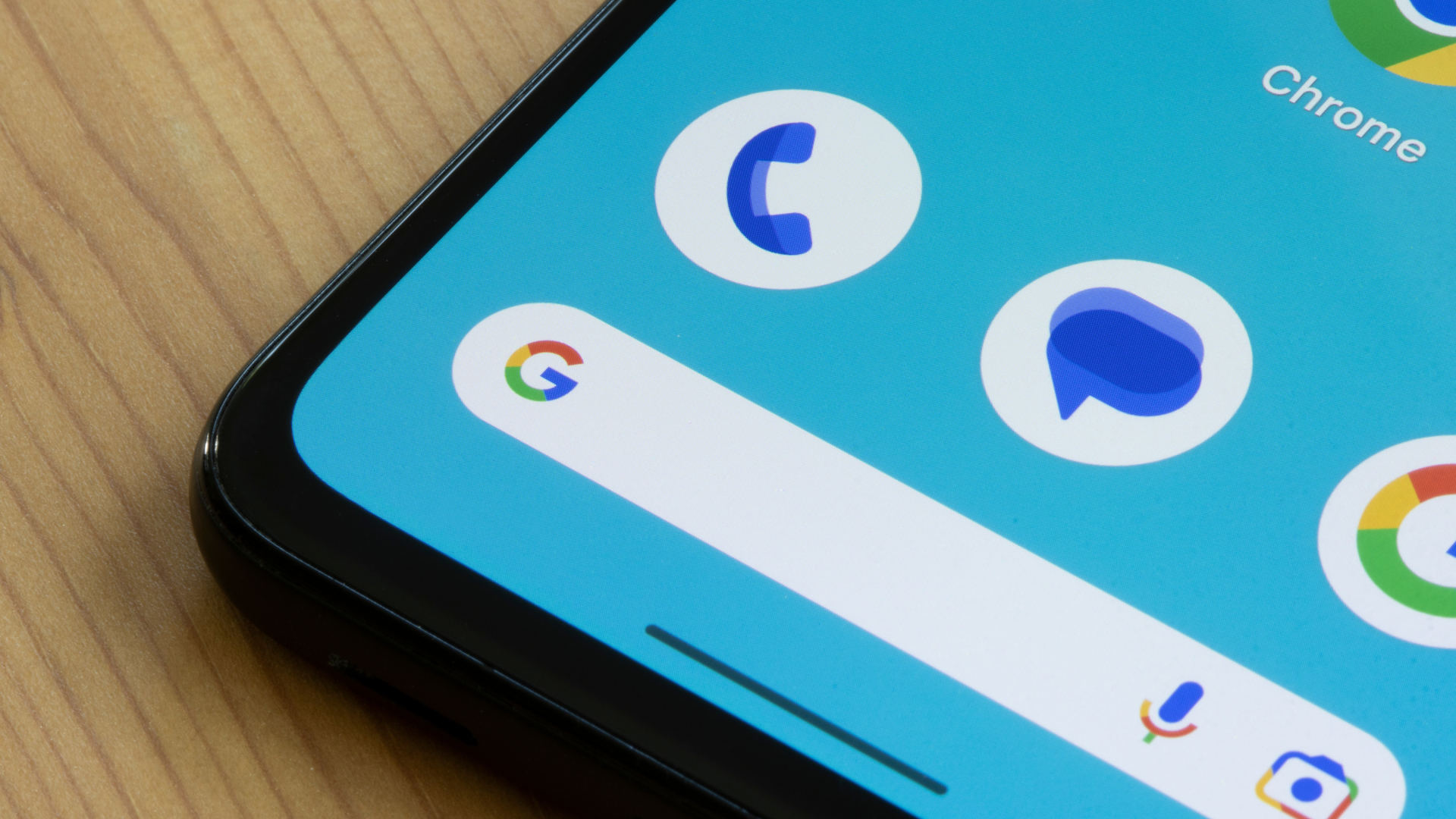
Google’s latest Android feature might let your boss read your RCS texts
By Alex Blake published
A new update to Google Pixel phones will archive your RCS texts, which your boss might be able to read.
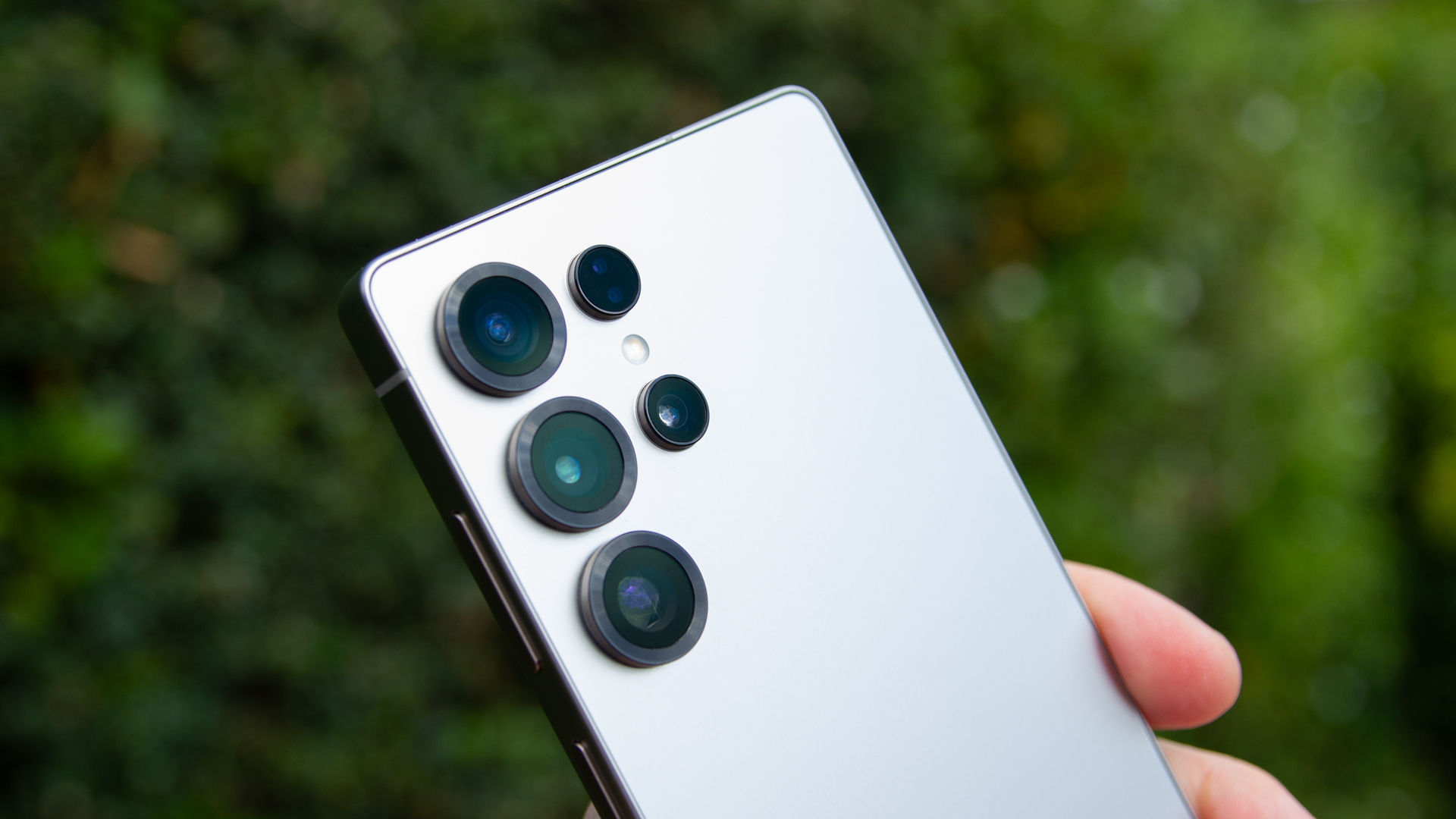
Last chance, folks - get a 512GB Galaxy S25 Ultra for just $850 with this Samsung Black Friday deal
By Alex Whitelock published
Got your eye on the Galaxy S25 Ultra? Samsung's Black Friday deal gets you a record-low price on an unlocked phone - although, it may expire soon.

I'd buy this Galaxy S25 Ultra deal in a heartbeat, even though the Galaxy S26 Ultra is almost here
By Philip Berne published
The Samsung Galaxy S25 Ultra is down to an all-time low, and even though the Galaxy S26 Ultra is right around the corner, this deal is worth buying because this phone has staying power.
Sign up for breaking news, reviews, opinion, top tech deals, and more.

